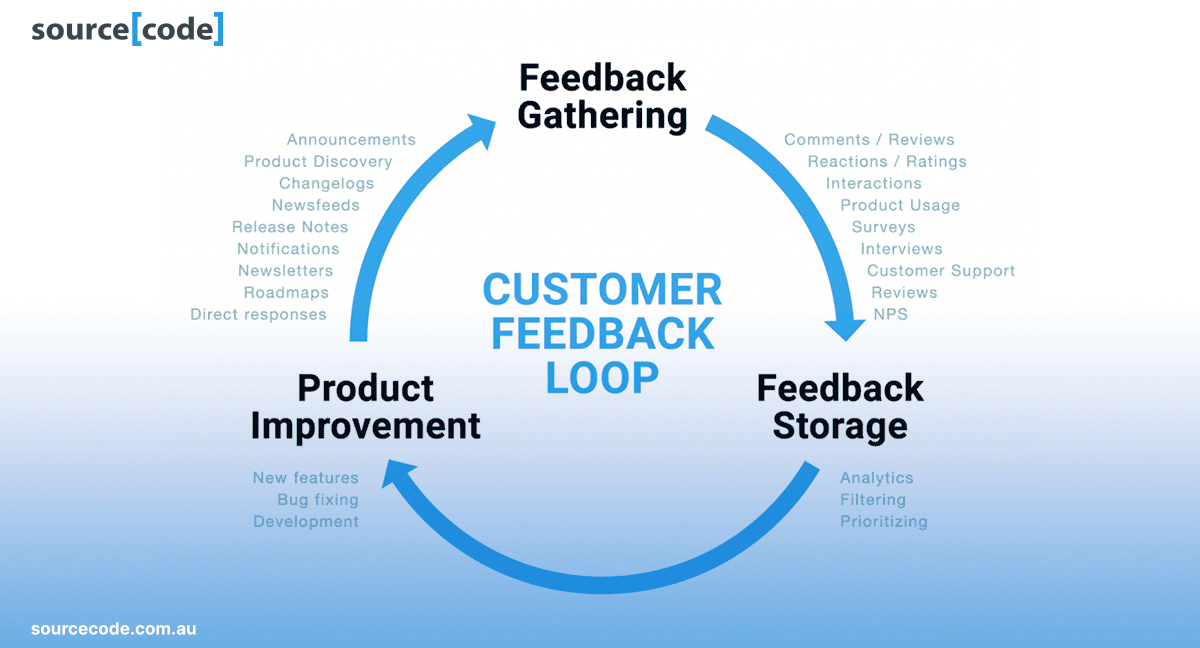5 Strategic Communication Tips for Successful IT Outsourcing Partnerships
Effective communication is the foundation of any successful IT outsourcing project. While outsourcing offers many benefits, such as cost reduction and access to global talent, poor communication can derail even the most promising projects. Whether you’re working with an offshore team or a local IT service provider, clear and strategic communication is essential to ensure that your outsourcing partnership thrives.
In this blog, we’ll explore five key communication strategies that can help you foster better collaboration, build trust, and keep your IT outsourcing projects on track. Let’s dive into how to manage your outsourced IT projects effectively through better communication.
Establish a Clear Team Hierarchy
The first step in ensuring smooth communication is defining who’s in charge. Before the project starts, share your team hierarchy with your outsourcing provider. Clearly outline the roles and responsibilities of each team member, particularly the decision-makers, and establish a protocol for how to approach them on specific issues.
Why this matters: Knowing who to contact speeds up decision-making and minimizes confusion, ensuring the project runs smoothly. You can also request a similar structure from your outsourcing partner for better coordination.

Leverage Detailed Meeting Notes
Meetings can easily become overwhelming, especially if there are different time zones or cultural differences involved. One practical solution is using meeting notes to track progress and document important decisions.
How to implement:
- After each meeting, keep detailed notes on decisions made, action points, and timelines.
- Share these notes with both teams to avoid misunderstandings.
Why this matters: Keeping a record ensures that everyone is on the same page, helping both sides follow through on agreed actions, which is crucial for project success.

Agree on Preferred Communication Channels
Decide early on how you will communicate with your outsourcing partner. Whether you choose email, Slack, Trello, or Zoom, it’s important to agree on the platform that works best for both teams. Additionally, account for time zone differences when scheduling regular check-ins or progress updates.
Why this matters: Establishing clear communication channels prevents confusion and ensures messages are delivered promptly, no matter where the teams are located.

Designate a Person in Charge of Communication (PICC)
Assigning a Person in Charge of Communication (PICC) is one of the most effective ways to streamline communication. This individual will act as the point of contact for all updates, feedback, and issues, ensuring that the right messages reach the right people.
Why this matters: Having a designated PICC ensures streamlined communication, prevents information from getting lost, and fosters a strong working relationship between teams.

Maintain Regular Contact and Feedback Loops
One of the most common risks in IT outsourcing is a breakdown in communication over time. To prevent this, establish regular check-ins to review progress, provide feedback, and address any concerns. Schedule these meetings weekly or bi-weekly, depending on the project’s needs.
Why this matters: Maintaining frequent contact ensures that any potential issues are identified early and addressed before they can escalate, keeping the project on schedule and meeting quality expectations.

Conclusion
Effective communication is key to the success of any IT outsourcing partnership. By establishing a clear team hierarchy, leveraging detailed meeting notes, agreeing on communication channels, designating a PICC, and maintaining regular check-ins, you can significantly reduce the risks associated with IT outsourcing and ensure project success.
By implementing these communication strategies, your business can avoid miscommunication, build trust, and achieve the best results from your IT outsourcing projects.